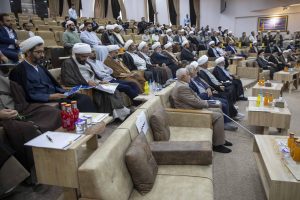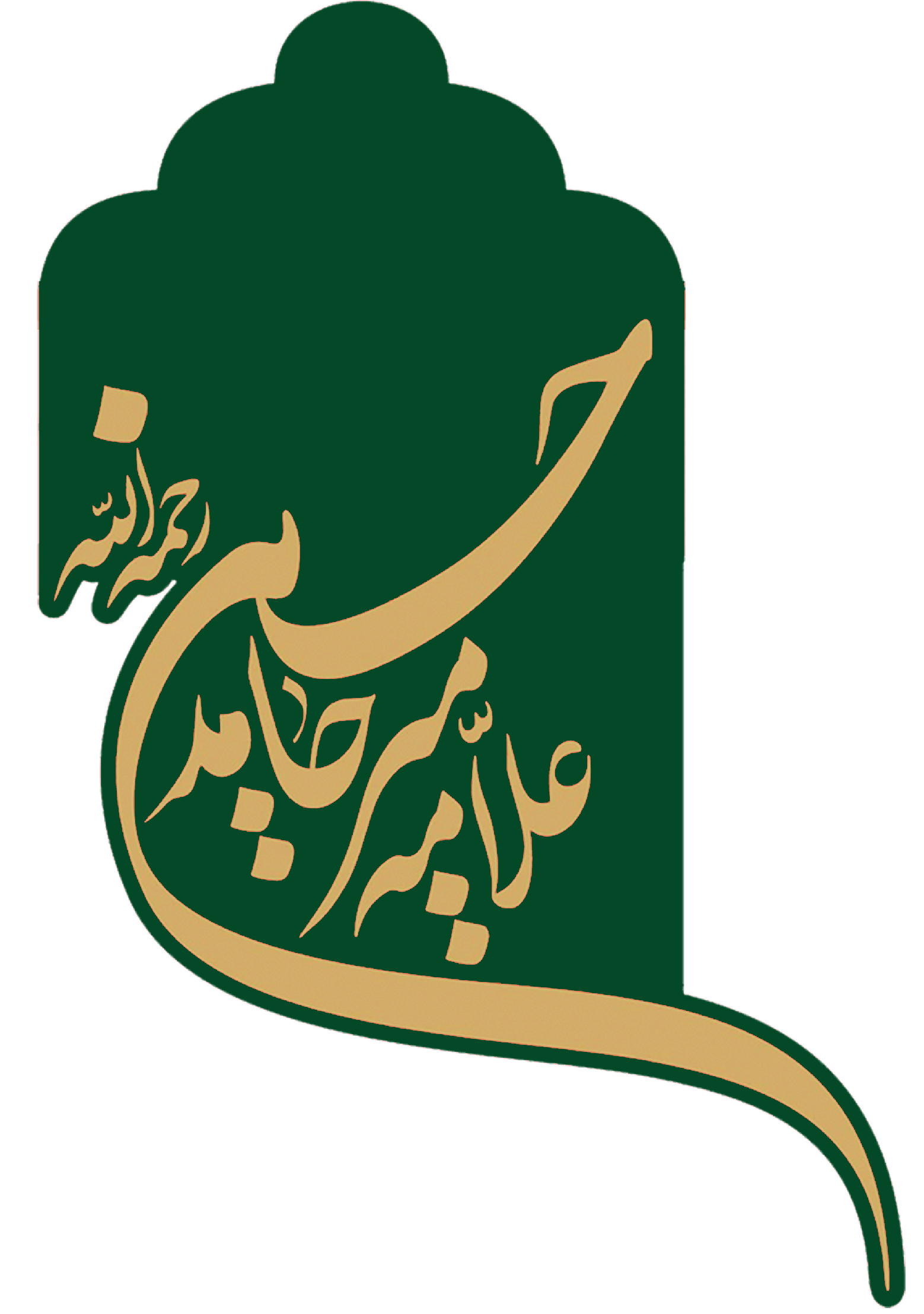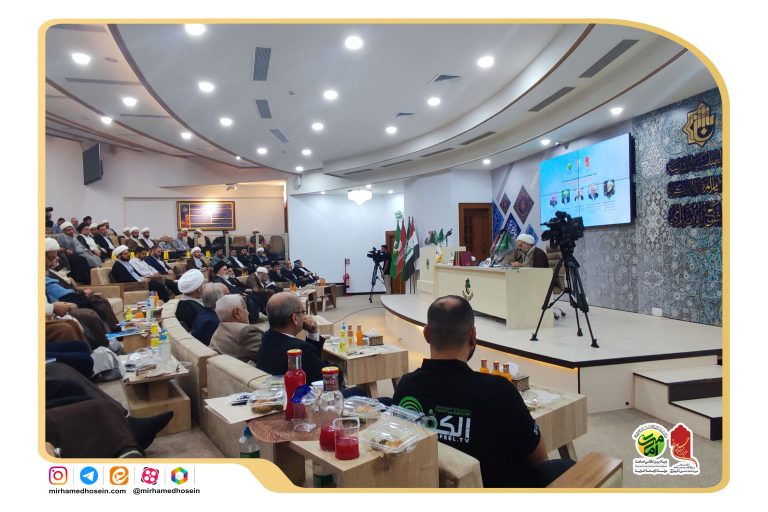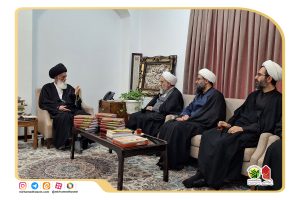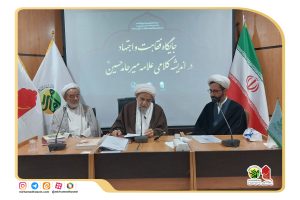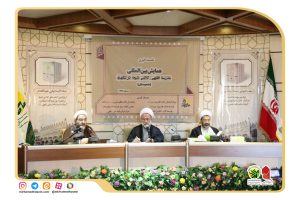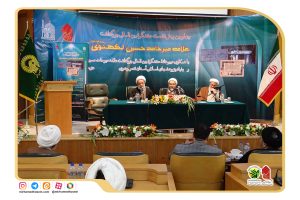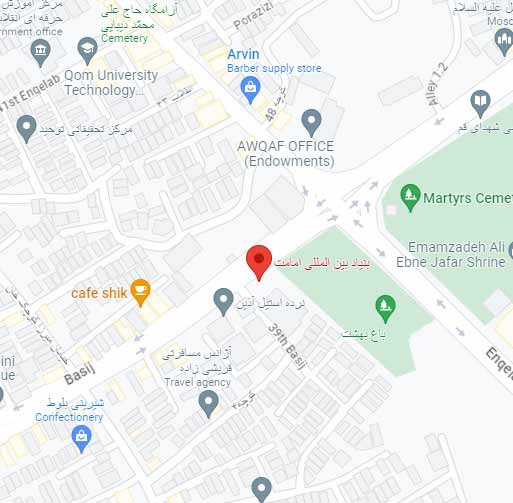At the beginning of the session, Hujjat al-Islam wal-Muslimin Sayyed Ahmad al-Safi, the religious custodian of the Holy Abbasid Shrine, welcomed the scholars, researchers, and attendees, stating:
“Mir Hamid Hussain dedicated his noble life to reviving the legacy of the Ahl al-Bayt (peace be upon them), and divine assistance and the blessings of the Ahl al-Bayt enabled him to produce extraordinary works.”.
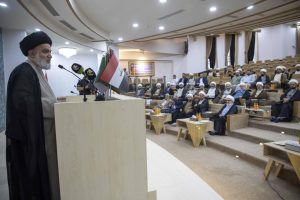
He further added, referencing some of the monumental works of Shia scholars—such as Jawahir al-Kalam in jurisprudence—whose compilation seemed miraculous:
“Despite limited resources, constraints, and a short lifespan of only 60 years, Mir Hamid Hussain was granted the success of authoring ‘Abaqat al-Anwar,’ which, due to its meticulous research and profound discussions, became a grand theological encyclopedia and a key reference in doctrinal studies.”
At the end of his speech, Sayyed al-Safi also touched upon some points regarding Mir Hamid Hussain’s will to his son.
The session continued with remarks by Sheikh Salam al-Nasiri, representative of the administrative committee for the heritage revival project at the Holy Abbasid Shrine. He highlighted Mir Hamid Hussain’s efforts in reviving the legacy of Imam Ali (peace be upon him) and narrated a story about his passing, where he wept over his perceived shortcomings in serving Imam Ali (peace be upon him). Al-Nasiri stated:
“Today, it is incumbent upon seminaries, especially research institutions like the Abbasid Shrine and others, to strive in reviving the works of this great scholar and others like him.” He also described the convening of this session as a blessing from this noble endeavor.
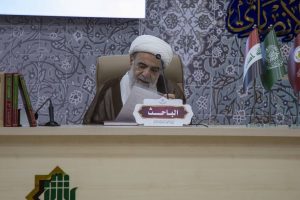
Ayatullah Najmuddin al-Tabasi, the first speaker at the academic session, explained that a scholar can be recognized either through others’ descriptions of him or by examining his works. He said:
“Great Shia scholars have offered profound and precise words in praise of Allama Mir Hamid Hussain, including Mirza Shirazi, who described him as:
‘The one of abundant virtue and lofty status, the deeply knowledgeable scholar, the outstanding intellectual, unparalleled in articulation and expression.’
Where else have you seen such praise for a scholar—especially from someone like Mirza Shirazi?”
He also cited statements from Allama al-Noori, Agha Buzurg al-Tehrani, and Mirza Abul-Fadl al-Tehrani, emphasizing that such accolades are exceedingly rare.
Ayatullah al-Tabasi further discussed Mir Hamid Hussain’s jurisprudential contributions, noting:
“He engaged in jurisprudential discussions with such precision that later scholars relied on his arguments,” and elaborated on some of his legal reasoning.
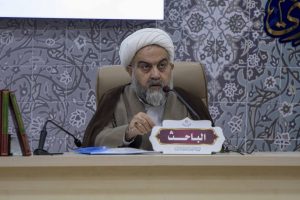
Hujjat al-Islam Dr. Muhammad Taqi al-Subhani, head of the commemorative conference for Allama Mir Hamid Hussain Lakhnavi (may God have mercy on him), spoke next, introducing the Lucknow School and its unparalleled scholars in theology and jurisprudence. He highlighted the impact of this school—particularly Sayyid Dildar Ali Nasirabadi (known as Ghufran Ma’ab) and his disciples—on Shia thought in Iraq and Iran.
The head of the International Imamate Foundation then discussed Mir Hamid Hussain’s personality, citing praise from prominent Shia scholars and explaining the reason for his esteemed status:
“The first crucial point is that Mir Hamid Hussain did not merely repeat common theological arguments and objections of his time. Instead, in every discussion, he meticulously examined all existing critiques, opinions, and debates, providing well-documented evidence. His works transcend his era and region, addressing not only the opponents of Shia Islam in India at the time but also any truth-seeker free from bias.”
Dr. al-Subhani added that the second distinguishing feature of Mir Hamid Hussain’s works was his extensive research methodology:
“There was hardly a book or document he did not study, annotate, and utilize. He corresponded with libraries across the Muslim world and beyond to acquire and transcribe rare manuscripts.”
Referring to the challenges faced by Shia scholars during his time due to Sunni activism, he noted:
“Despite these hardships, Mir Hamid Hussain established a new approach in explaining Imamate, later acknowledged by scholars such as Allama Sayyed Sharafuddin and Allama Amini, who admitted they benefited from his works.”
In conclusion, he outlined potential research areas in Mir Hamid Hussain’s legacy and briefly answered attendees’ questions about his theological methodology.
The academic session continued with lectures by scholars from the Iraqi seminary, who analyzed some of Mir Hamid Hussain’s jurisprudential and theological viewpoints.
